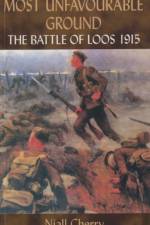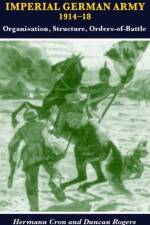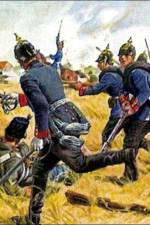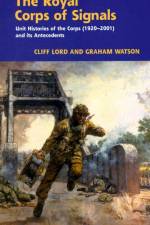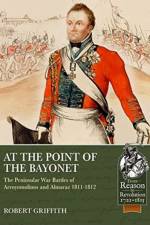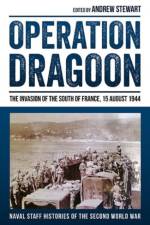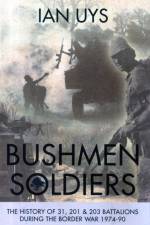- The Red Army's Winter Offensive 1942-1943
av David M. Glantz
445
In the wake of the Red Army's signal victory at Stalingrad, which began when its surprise counteroffensive encircled German Sixth Army in Stalingrad region in mid-November 1942 and ended when its forces liquidated beleaguered Sixth Army in early February 1943, the Soviet High Command (Stavka) expanded its counteroffensive into a full-fledged winter offensive which nearly collapsed German defenses in southern Russia. History has recorded the many dramatic triumphs the Red Army achieved during the initial phases of this winter offensive, culminating with its rapid advance deep into the Donbas and Khar'kov regions in February 1943. It has also described the subsequent feats of German Field Marshall Erich von Manstein, who, tasked by his Führer, Adolph Hitler, to restore German fortunes in southern Russia, skillfully orchestrated a counterstroke of his own that indeed restored stability to Germany's defenses in the East and paved the way for the climactic battle of Kursk in July 1943. As is so often the case, however, history has misled its audience for several cogent reasons. On the one hand, the Soviet Union and its historians, anxious to conceal the ambitiousness of its offensive and, at the same time, preserve the reputations of the Red Army and its senior commanders, willfully avoided describing the offensive's true scope and the many failures and shortcomings the Red Army experienced during its conduct. On the other hand, German and other Western historians, frequently basing their accounts on inaccurate Soviet sources, focused only on the most dramatic aspects of the offensive, ignoring much of their adversary's actions and, not coincidentally, missing his intent. This volume, and the series that provides it context, restores the lost and concealed to the historical record. Exploiting newly released Russian archival materials, it reveals the unbounded ambitions that shaped the Stavka's winter offensive and the full scope and scale of the Red Army's many offensive operations. For example, it reflects on recently rediscovered Operation Mars, Marshal Zhukov's companion-piece to the more famous Operation Uranus at Stalingrad. It then reexamines the Red Army's dramatic offensive into the Donbas and Khar'kov region during February, clearly demonstrating that this offensive was indeed conducted by three rather than two Red Army fronts. Likewise, it describes how the Stavka expanded the scale of its offensive in mid-February 1943 by ordering major strategic efforts, hitherto ignored, by multiple Red Army fronts along the Western (Orel-Smolensk) axis and, in Zhukov's forgotten operation Polar Star, along the Northwestern (Demiansk-Leningrad) axis as well. Finally, by restoring the full scope of these failed or partially failed Red Army offensives to history, this volume also reassesses the impact of Manstein's dramatic counterstrokes in the Donbas and Khar'kov regions, concluding that their impact was equivalent to that of a full-fledged strategic counteroffensive. This study includes over 100 operational maps to highlight key aspects of the offensives.

